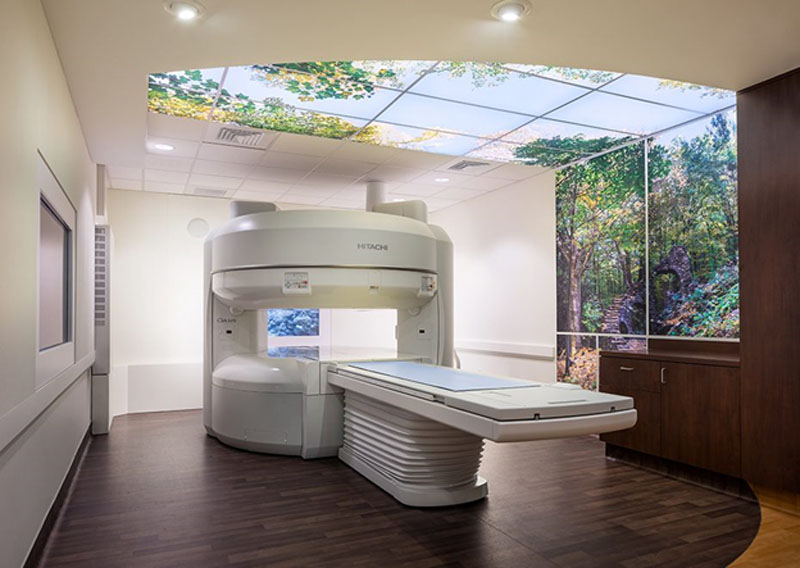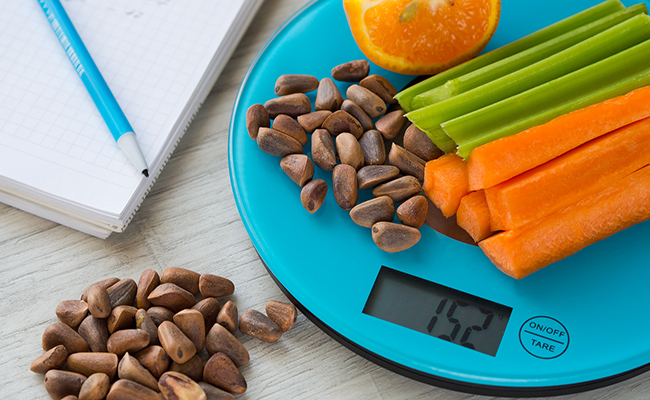What Is an MRI?

MRI stands for magnetic resonance imaging. It is a diagnostic imaging technique that allows your doctor to look inside your body to diagnose disease and evaluate the effectiveness of treatment. There are benefits and drawbacks to an MRI. Magnetic resonance imaging does not expose you to radiation the way a CT scan or x-ray would. On the other hand, while an x-rays or CT can produce an image of your bones, an MRI only visualizes soft tissues in your body.
What Happens During an MRI Scan?
Usually, an MRI requires you to lie on a table that slides into a cylindrical machine that performs the scan. However, some people experience claustrophobia and have difficulty entering an enclosed space for purposes of the exam. If you have claustrophobic issues, a scan from an open MRI machine may be a good alternative.
In either case, you will have to remain very … Read more ... “What Is an MRI?”













